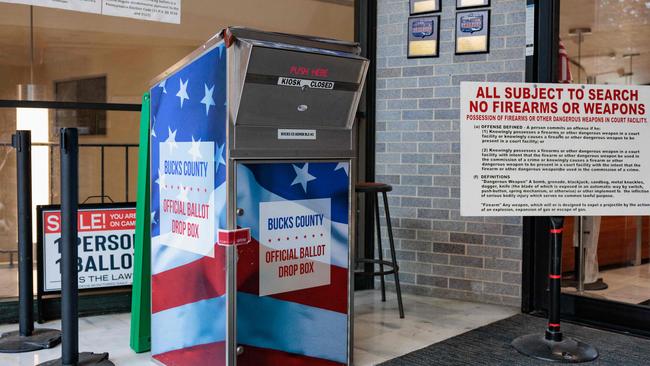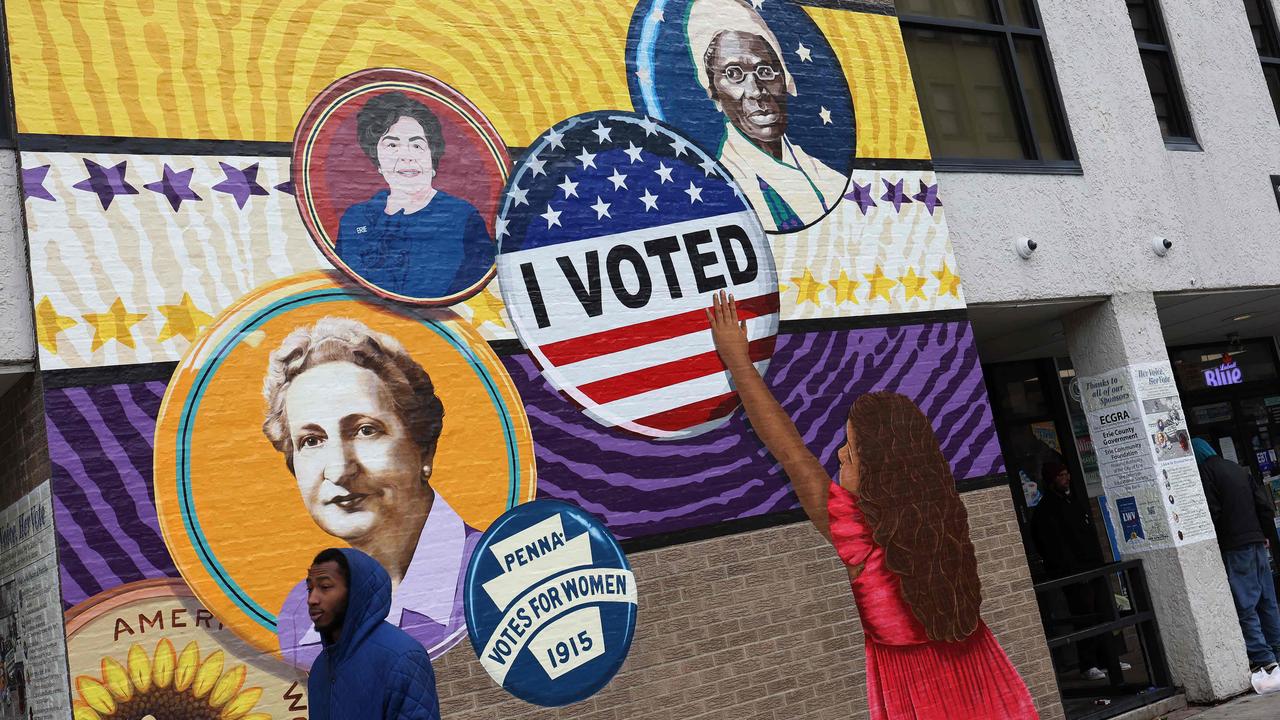
With three weeks to go until Election Day, advocates of mass mail voting are again worrying about the reliability of mass mail voting. During the 2022 midterms, 23,393 mail ballots were rejected in Pennsylvania (1.9 per cent of those returned), according to the U.S. Election Assistance Commission. It was 24,141 (or 1.4 per cent) in Michigan and 10,355 (or 2 per cent) in Nevada.
The nightmare scenario after Nov. 5 is that Kamala Harris or Donald Trump might be leading by a few thousand votes or less, in which case ballot errors, and how they’re resolved, could affect the outcome. The litigation could wind up at the Supreme Court, and given the tenor of today’s political times, that dispute could make Bush v. Gore (2000) seem like a badminton scrimmage.
***
Pennsylvania is the likeliest culprit, in part because the divided government in Harrisburg hasn’t substantially updated its voting laws. As of Tuesday, according to official data, 1.7 million mail-ballot applications were approved, 59.6 per cent for voters registered as Democrats and 28.5 per cent for Republicans. Many GOP voters prefer going to the polls in person, whether as a civic rite or to avoid the problems that cause mail-ballot invalidation.
This gap in voting preferences can produce a “red mirage,” as it did four years ago, when Mr. Trump won 65.1 per cent of Pennsylvania’s in-person votes, while Joe Biden won 76.3 per cent of mail ballots. The latter took longer to count, and by 2.30am after Election Day, Mr. Trump was saying he’d won. Other states tell election officials to pre-process incoming mail ballots, to speed the reporting of results. Pennsylvania doesn’t permit mail votes to be handled until the morning of Election Day.
The partisan divide in voting methods also drives litigation incentives. The fewer mail ballots that get invalidated, the more Democrats stand to gain, no matter how much bending of the law is needed. Pennsylvania’s election code tells voters to “fill out, date and sign” the official ballot declaration. That requirement of a handwritten date has been litigated for four years, and more to follow. At the moment, the status quo is that undated or obviously misdated ballots are set aside.
“Thousands of voters face imminent disenfranchisement in violation of the Pennsylvania Constitution,” said a recent filing to the Pennsylvania Supreme Court, on behalf of groups including the state NAACP and League of Women Voters. On Oct. 5 the Justices refused to take up this argument in the shadow of Nov. 5.

A similar set of parties has filed a separate petition at the U.S. Supreme Court, arguing that Pennsylvania’s date mandate violates federal civil-rights law. In a March decision, the Third Circuit Appeals Court disagreed. Yet two years ago a different Third Circuit panel went the other direction, before that case was finally declared moot. Chief Justice John Roberts might want to start praying that this question doesn’t show up on the High Court’s emergency docket after Nov. 5.
Meantime, local officials are fretting about possible delivery delays by the U.S. Postal Service. This summer the USPS’s inspector general released an audit of election mail from December 2023 through this April. During that period, 10.3 million ballots mailed to boards of elections were trackable using bar codes. Of those, 98.2 per cent were processed on time (which “does not include final delivery”). The inspector general also visited 14 processing sites on primary days. Eight of them had “between one and 82 ballots” that would miss the deadline.
“Election officials in multiple states report receiving anywhere from dozens to hundreds of ballots 10 or more days after postmark,” the National Association of Secretaries of State said in a letter to the USPS last month. Postmaster General Louis DeJoy said in response that USPS is ready for November and will take extraordinary measures to deliver ballots on time. “We engage in heroic efforts intended to beat the clock,” Mr. DeJoy said.
Commendable as that is, expecting perfection from the USPS isn’t realistic. The bigger question is the wisdom of continuing pandemic voting habits in the absence of a pandemic. During the plague year of 2020, the U.S. narrowly avoided a real disputed election because Mr. Biden’s margin of victory (in Pennsylvania, 80,555) was above plausible reversal. That didn’t stop Mr. Trump from denying the result. But what if it’s closer this time?
Absentee voting is a necessity for those who are ill or truly absent, but there’s a reason that casting a ballot in person is the traditional way. At the polling place, the order of operations is to validate and then vote. With mail ballots the procedure is reversed, vote then validate. Inevitably, some are thrown out. Thankfully, this wasn’t a decisive factor in 2020, and let’s hope America’s luck holds again in 2024. After that, however, the smart move would be for states to pull back on these lax voting rules.
The Wall St Journal





